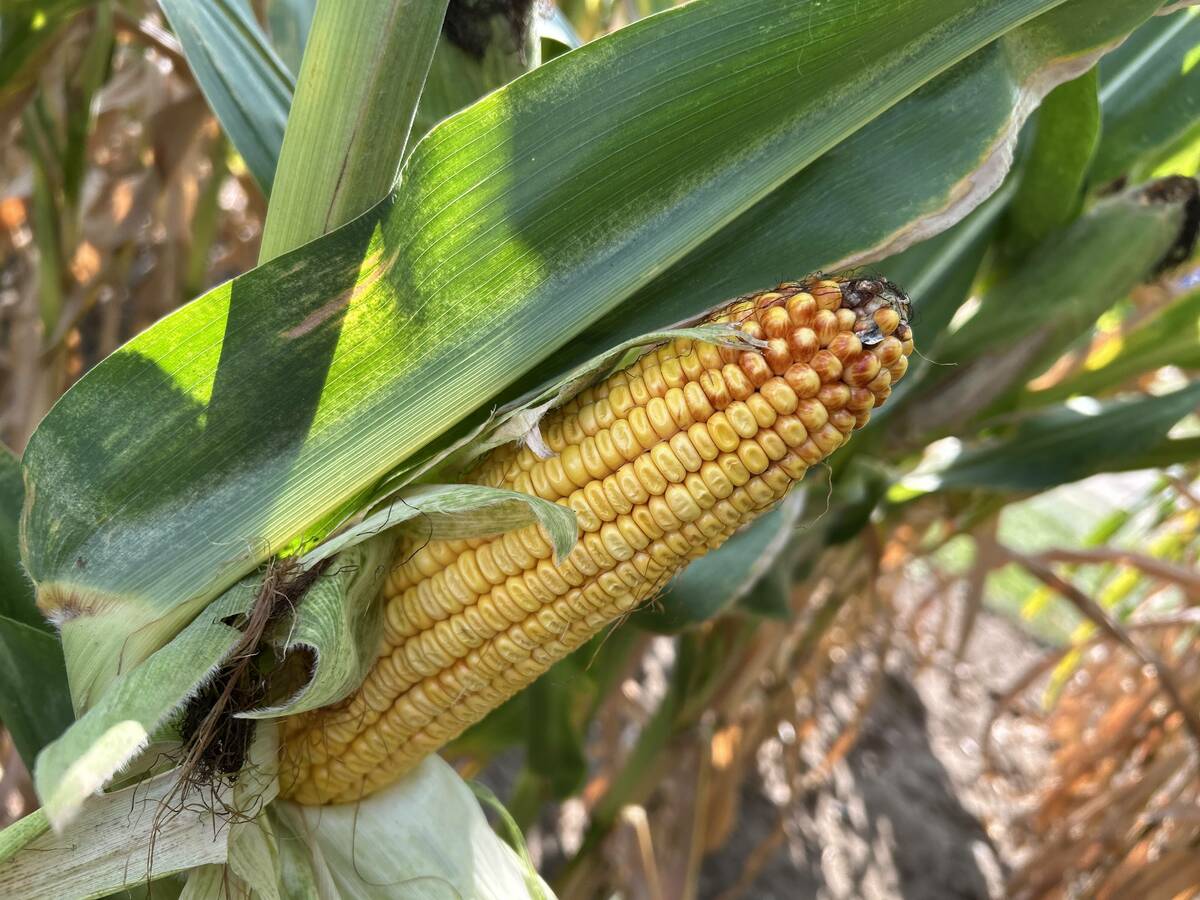Analysts and economists who blame a rising Canadian dollar for the depressed farm economy are misleading farmers and the public, says the National Farmers Union.
The value of the dollar may have some impact on the prices of exports and imports, said NFU research director Darrin Qualman, but it’s not nearly as significant as the conventional wisdom has come to hold.
“I’m not saying the effect is zero,” he said.
“But any small effect of currency changes is completely overwhelmed and swamped by much larger forces in terms of market power and the allocation of profits in the agri-food system.”
Read Also

Crop estimates show mixed results
Model-based estimates used by Statistics Canada showed the 2025/26 crop year has seen increases in canola, corn for grain, oats and lentils production while seeing dips in spring wheat, durum wheat, soybeans and barley in comparison to 2024/25.
Because so much attention is focused on exchange rates, he added, the real cause of the farm income crisis – an imbalance in power between producers and corporate players – is being ignored.
The NFU recently published an open letter to two grain industry officials who had publicly blamed the dollar for depressing canola prices.
As well, at a recent Canadian Wheat Board meeting in Saskatoon, board officials highlighted the impact of the rising Canadian dollar on the price of malting barley and other grain it exports.
Canadian agricultural commodities exported to the United States or abroad are generally priced in U.S. dollars, so as the Canadian dollar appreciates, the price in Canadian funds declines. Similarly, farm inputs imported from the U.S. become less expensive.
Qualman said that may be true, but the impact is insignificant in the big picture of farm income, which can be demonstrated by comparing exchange rates to farm income over the last several decades.
During that period, the Canadian dollar was at its highest level relative to the U.S. in 1974 and at its lowest in 2002. It declined steadily throughout that period.
If exchange rates were as important as some say, one would have expected farm income to steadily improve as the dollar sank.
But in fact, realized net income for Canadian farmers on a per-farm basis hit its peak in 1974 and dropped in concert with the falling dollar.
“If there is any correlation at all between the value of our dollar and the prosperity of our farms, it seems surprisingly to be an inverse correlation,” Qualman said.
The traditional view of the impact of exchange rates is described in an article by marketing specialist Lee Melvill on Alberta Agriculture’s website.
“Exchange rate changes impact Canadian producers through export product prices, the price of imported products, farm margins and therefore the competitiveness of the Canadian agriculture industry,” he said.
Over the long term, he said, the exchange rate will play a significant role in determining the level of investment, production and profitability in the agriculture sector.
Qualman said economists and analysts blithely move from one culprit to the next when trying to find reasons for the farm income crisis, from foreign subsidies to poor management to overregulated marketing and transportation systems to exchange rates.
All the while, he said, they ignore the real problem of market power.
Rather than deal with that complex and thorny issue, it’s easier for analysts and policy-makers to ascribe the farm income crisis to external factors beyond anyone’s control.
“No one has to take responsibility or do anything if the case is subsidies halfway around the world or currency fluctuations,” he said. “It’s nobody’s fault and nobody has to do anything.”














